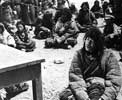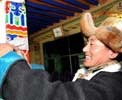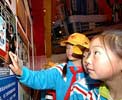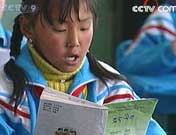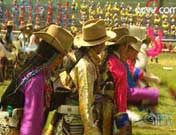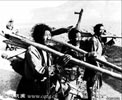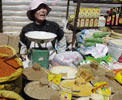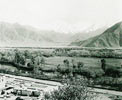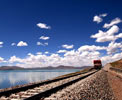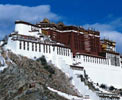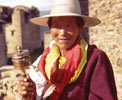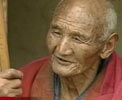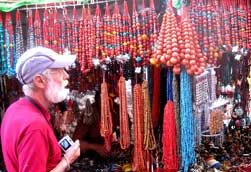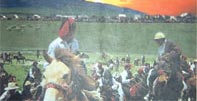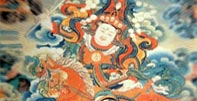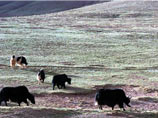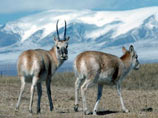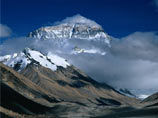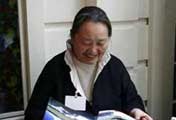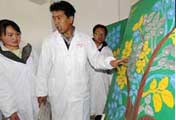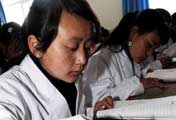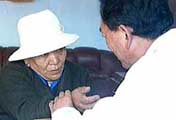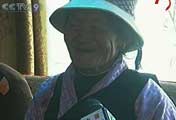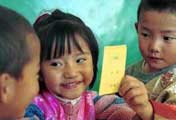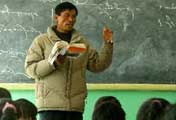Headlines
More
- Jota Monastery houses popular library
- Tibet tourism rises in January and February
- UK journal publishes article marking anniversary of democratic reform in China´s Tibet
- Traditional ghee lamp festival held in Tibet monastery
- Tibet enforces new measures to protect UNESCO world heritage site
- China works to free Aba Tibetan-Qiang Autonomous Prefecture of endemics
- Commentary: U.S. bill on Tibet confuses facts
- Ngari Airport in west Tibet to open in 2011
Other Aspects
- Ethnicity: In 2000, the population of Tibetans has surged from 1.2 million in 1964 to more than 2.41 million in 2000, 92 percent of the region´s total population.
- Welfare: So far, 330,000 township residents in Tibet have been covered by social insurance.
- Health care: Averaged life expectancy increased from 35.5 years before 1959 to 67 years now
- Tibet people´s living standard improves over the years
- Life continuously improves in Tibetan county
- Central government supports Tibetan prosperity
Related News
- Tibet farmers, herdsmen´s income sees double digital growth annually in past five years
- Foreign entrepreneur impressed by Tibetan development
- Nepal impressed by Tibet´s rapid development
- China to spend 1.2 bln yuan on logistics hub for Tibet railway
- China plans hefty investment for ecological conservation in Tibet
- Economic development benefits all in Tibet, specialist says
Tibet's economy in foreigner's eyes
"The Qinghai-Tibet railway is injecting new impetus to Tibet´s economic advancement. The Dalai Lama´s opposition to the building of the railway shows his indifference to the well-being of Tibetan people."
